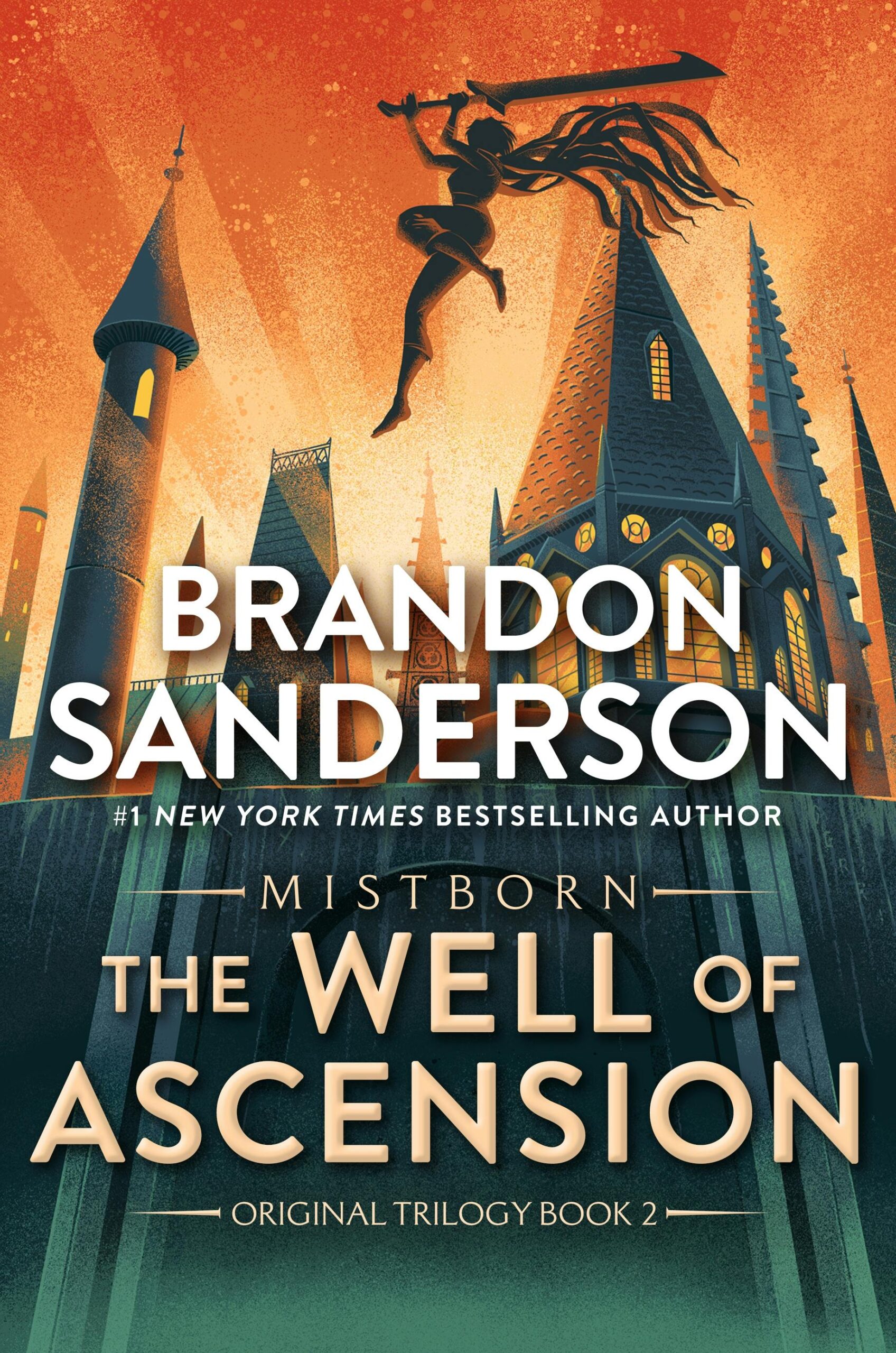
The Well of Ascension
37
by Sanderson, BrandonSazed and Tindwyl spend the night studying historical texts, their exhaustion overshadowed by the thrill of discovery. Sazed reflects on Tindwyl’s renewed vigor, reminiscent of her younger days after joining the Keepers. Their collaboration is marked by efficiency, with Tindwyl transcribing passages for Sazed to analyze. The chapter highlights their intellectual synergy and the shared dedication to uncovering the truth about the Deepness, a mysterious force from the past.
Their focus centers on a passage about King Wednegon, one of the last resisters against the Lord Ruler. The text reveals Wednegon’s belief that the Deepness caused food shortages, crippling his ability to fight. This detail aligns with Vin’s theory that the Deepness was connected to the mist. Sazed and Tindwyl’s dialogue underscores the significance of this revelation, as it challenges previous assumptions about the Deepness’s nature.
Sazed admits his reluctance to accept the truth, fearing the implications of the Deepness’s return. Tindwyl questions his motives, noting his defiance of the Synod despite his reservations. Sazed explains that his pursuit of knowledge transcends personal desire, driven by a need to understand potential threats. This exchange reveals his complex relationship with truth—both fearing and compelled by it.
The chapter concludes with a sense of foreboding as Sazed and Tindwyl acknowledge the mist’s connection to the Deepness. Their research suggests a looming danger, one that could threaten their world anew. The narrative balances scholarly intrigue with existential dread, leaving readers to ponder the consequences of their discoveries.
FAQs
1. What key discovery about the Deepness do Sazed and Tindwyl make in this chapter, and what evidence supports their conclusion?
Answer:
Sazed and Tindwyl conclude that the Deepness was likely a manifestation of the mist, based on their study of historical texts. The critical evidence comes from a biography of King Wednegon, which describes how the Deepness depleted food stores and weakened his kingdom’s ability to resist the Lord Ruler. The text explicitly states that the Deepness’s “touch” caused famine, aligning with the mist’s unnatural behavior in the present timeline. This revelation challenges previous assumptions and supports Vin’s theory about the mist’s threat.2. How does the dynamic between Sazed and Tindwyl reflect their shared history and intellectual partnership?
Answer:
Their interaction reveals a blend of professional respect and personal history. Tindwyl, once isolated as a Breeder, now collaborates with Sazed—the Keeper who welcomed her back into the community. Despite Sazed’s ousting from the Synod, their mutual expertise creates a balanced partnership; Tindwyl writes passages for efficiency, while Sazed cross-references his copperminds. Their all-night research session and excitement over discoveries underscore a deep intellectual kinship, though subtle tensions linger (e.g., Tindwyl’s surprise at Sazed’s knowledge).3. Why does Sazed initially resist the idea that the Deepness is the mist, and how does he reconcile this with new evidence?
Answer:
Sazed resists the theory because acknowledging the Deepness’s return implies catastrophic danger. He admits to Tindwyl, “I did not wish this to be true,” fearing its destructive potential. However, his commitment to truth outweighs his discomfort; he values rigorous study even when it contradicts his hopes. By accepting the textual evidence—particularly the link between the Deepness and famine—he demonstrates the Keeper’s ethos: prioritizing knowledge over personal bias, despite the grim implications.4. Analyze the significance of King Wednegon’s struggle against the Lord Ruler as a historical parallel to the current events in the chapter.
Answer:
Wednegon’s downfall mirrors the existential threats faced by Vin and Elend’s regime. His army failed not just due to military weakness but because the Deepness (mist) disrupted agriculture—a vulnerability echoed in Luthadel’s besieged, resource-starved state. The passage foreshadows similar logistical crises while highlighting a cyclical pattern: the mist/Deepness as a recurring antagonist. This historical precedent adds urgency to Sazed’s research, suggesting that understanding the past is key to surviving the present.5. How does the chapter use the contrast between daybreak and all-night research to underscore thematic tensions?
Answer:
The unnoticed passage of night into morning symbolizes the clash between urgency and exhaustion. Sazed realizes they’ve worked until dawn without tapping wakefulness—a metaphor for his renewed intellectual vigor despite physical fatigue. The light creeping through shutters contrasts with the dark implications of their findings, mirroring the duality of hope (progress in research) and dread (the Deepness’s return). This framing emphasizes the Keepers’ role as torchbearers in dark times.
Quotes
1. “He seemed frustrated, as one might imagine. His soldiers could not stand against the Conqueror’s koloss, and his men had been beaten back repeatedly ever since FellSpire. However, the king didn’t blame his soldiers. He thought that his problems came from another source: food.”
This passage from King Wednegon’s biography reveals the critical role of food shortages in his defeat against the Lord Ruler, introducing the chapter’s central theme about the Deepness’s impact on resources and survival.
2. “He thought that if he’d had more food, he could have held out. In this, Wednegon blamed the Deepness. For, though the Deepness had been defeated—or at least weakened—its touch had depleted Darrelnai’s food stores.”
This quote directly connects the mysterious Deepness to agricultural devastation, supporting Vin’s theory that it was related to the mists and showing how it crippled civilizations beyond military conflict.
3. “There is a difference between fearing something and desiring it. The return of the Deepness could destroy us. I did not want this information—but neither could I pass by the opportunity to discover it.”
Sazed’s reflection captures the chapter’s tension between truth-seeking and fear, illustrating his scholarly integrity even when facing potentially catastrophic revelations about the Deepness.
